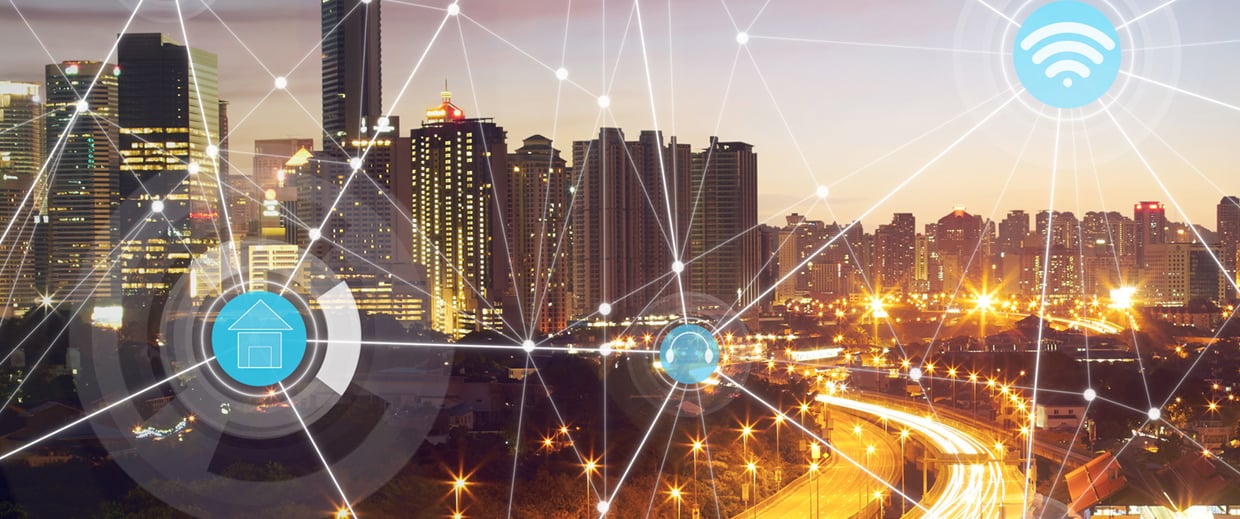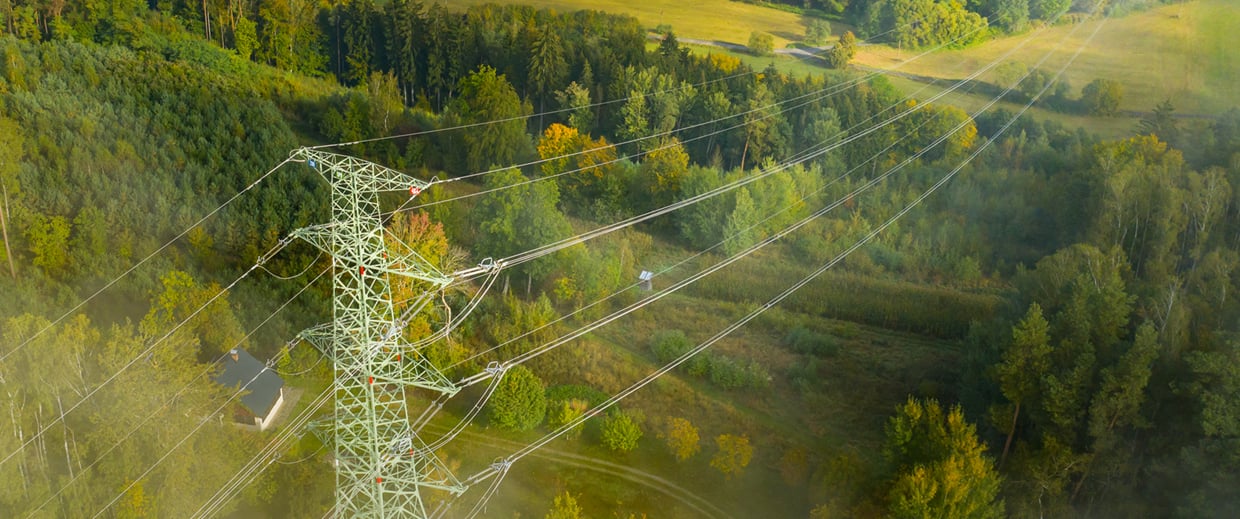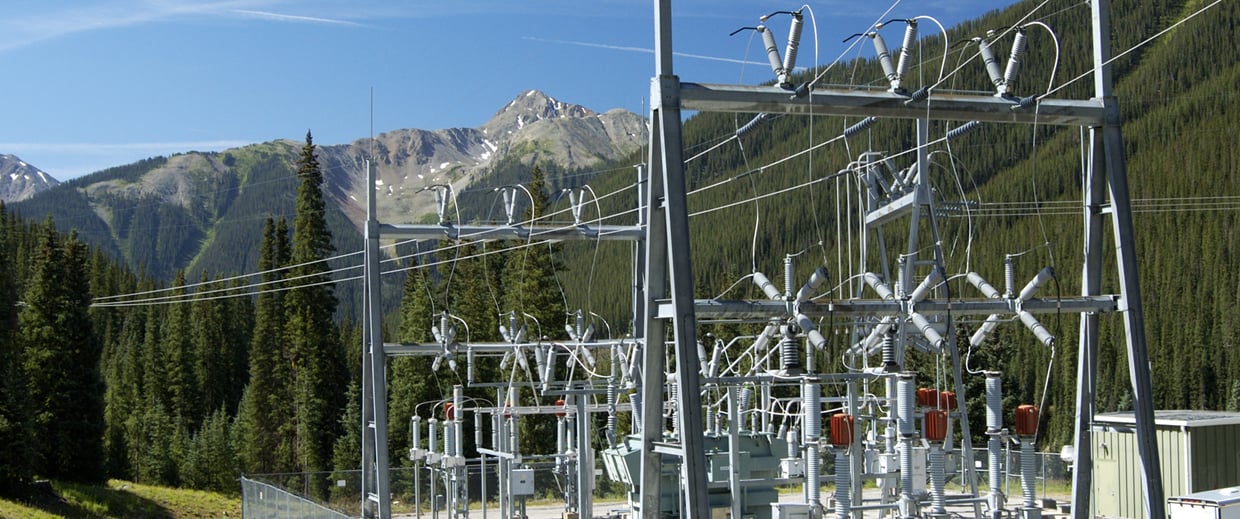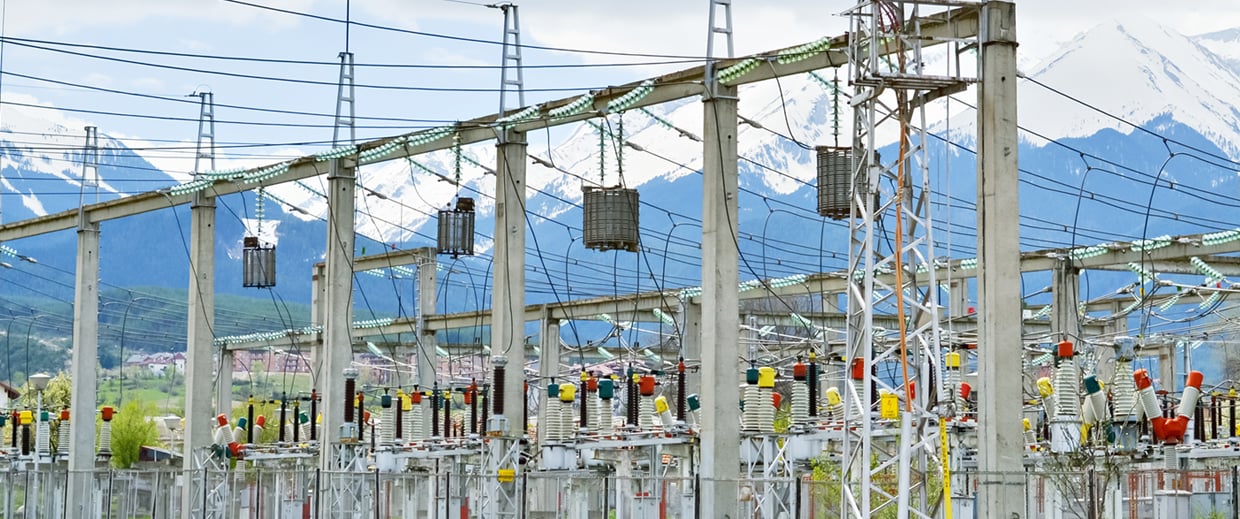Comprehensive and secure communications for SCADA, and new generation IoT sensors and devices, enabling seamless automation for oil and gas utilities
Public Utilities
Ensure reliable, secure and robust communications for power, oil & gas and water utilities
RAD solutions address all communication needs of public utilities, enabling industrial digitalization and secure IoT with always-on reliability and mission-critical protection.
We offer best-of-breed tools for cyber-secure asset monitoring, operational WAN, and Edge Computing. We also ensure seamless migration to packet switched communication networks and applications.
Products
Airmux 5000 Point-to-Multipoint Radios
Point-to-multipoint, sub-6 GHz broadband wireless radios delivering Ethernet and TDM services over a single link
Learn MoreAirmux-400 Point to Point Radios
Point-to-point, sub-6 GHz broadband wireless radios delivering Ethernet and TDM services over a single link
Learn MoreMegaplex-1 Multiservice Access Node
Compact, highly reliable multiservice access node that transports analog and TDM traffic from legacy circuit-switched devices over packet networks
Learn MoreMegaplex-4 Multiservice Access
Carrier-class multiservice TDM and Ethernet aggregator, high-capacity DS0 cross-connect, and multiservice access node
Learn MoreSecFlow-1p IoT LoRaWAN Gateway
A cost-effective IoT gateway for industrial IoT backhaul, as well as a LoRaWAN gateway that aggregates data from LoRaWAN sensors across wide areas
Learn MoreSecFlow-1v Industrial IoT Gateway
Ruggedized multiservice IoT gateway for asset management and industrial IoT backhaul
Learn MorePowerflow-2 Ethernet Switch with PoE
Industrial-grade, managed Ethernet switch with or without Power over Ethernet support
Learn MorePowerflow-2-10G Industrial Core Switch
Industrial 10G core switch for PoE-intensive operational technology (OT) WANs
Learn MoreRADview Network Management
Planning, provisioning and monitoring of networks and services using RAD’s solutions
Learn MoreRelated Resources
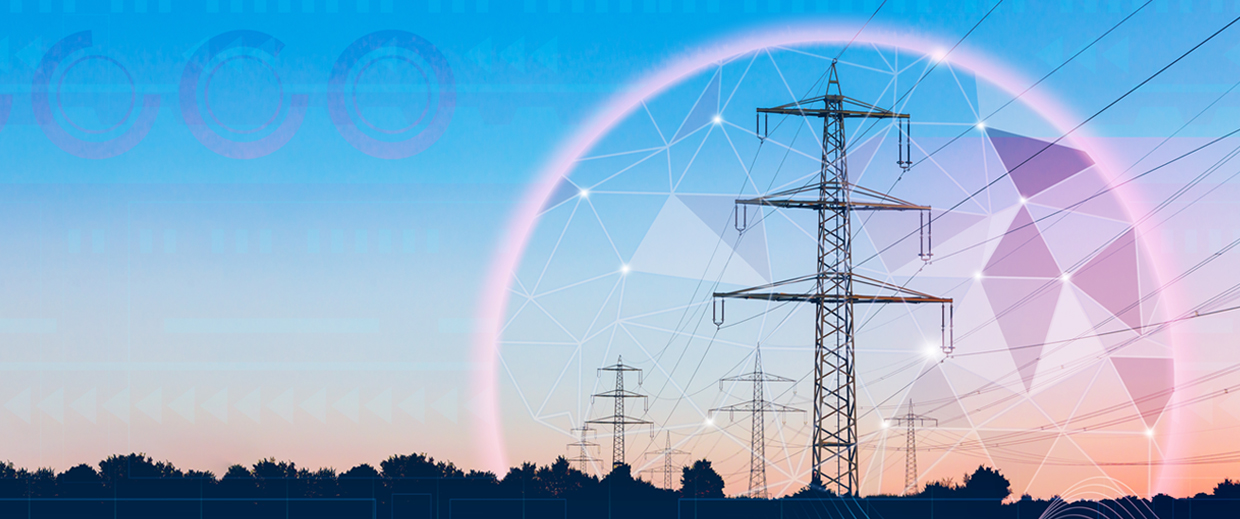
Cybersecurity Capabilities of SecFlow-1p for Utilities
This document provides a list of essential cybersecurity features supported by SecFlow-1p, tailored to the needs of utilities to protect critical infrastructure from emerging threats.
IoT Communications over Starlink Satellite
Solution Brief: RAD’s Solution for Encrypted SCADA Backhaul over Satellite
Secure IoT SCADA Communications for Oil and Gas
Application brief on how to ensure remote asset monitoring and secure IoT SCADA communications for oil and gas installations
Asset Monitoring for Water Utilities
Optimize Water Utilities Networks
SD-IoT for Critical Communications
Secure overlay connectivity to ensure ultra resiliency in industrial campuses
Next-Gen Smart Substation Connectivity
RAD's next-gen smart substation connectivity solutions enhance grid performance and security. Explore our reliable technologies for modern utilities.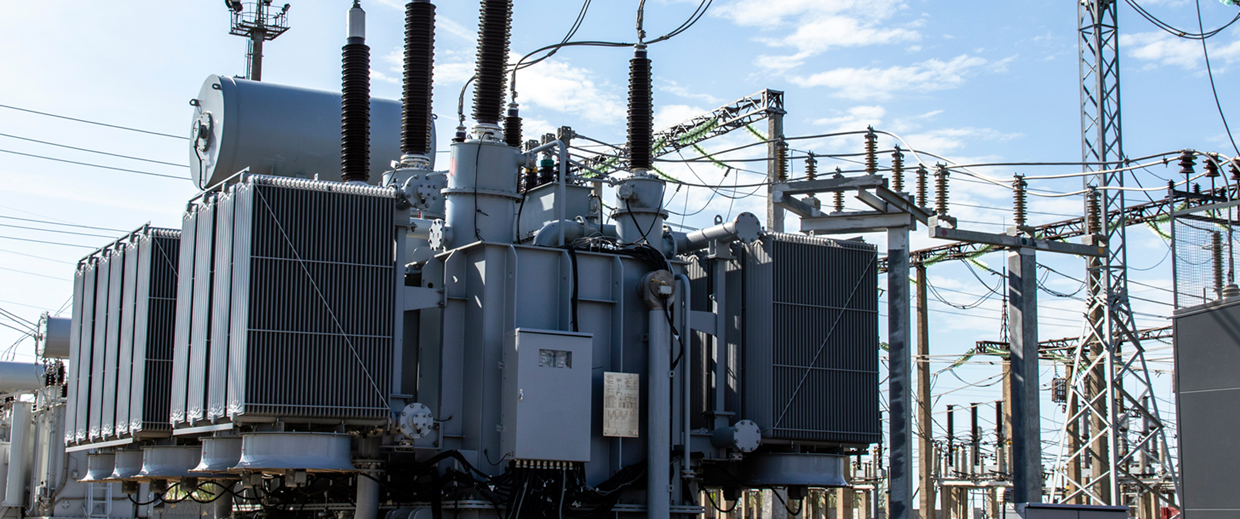
End-to-End Solution for Substation Communications and Backup Generators
SecFlow IoT gateways aggregate data from various sensors and systems to keep the power going.
Asset Monitoring for Power Transmission Towers
Global Warming and Vandalism Risk Critical Power Transmission Assets
BiDi Turning Dual to Single Fiber for 50% Fiber Savings
Improve Fiber Efficiency with BiDi Transceivers
Software Defined IoT and Enhanced Connectivity in Private Campus Networks
The ultimate enabler for today’s industrial networks
End-to-End IoT: Connectivity, Automation and AI-Powered Data Insights
Webinar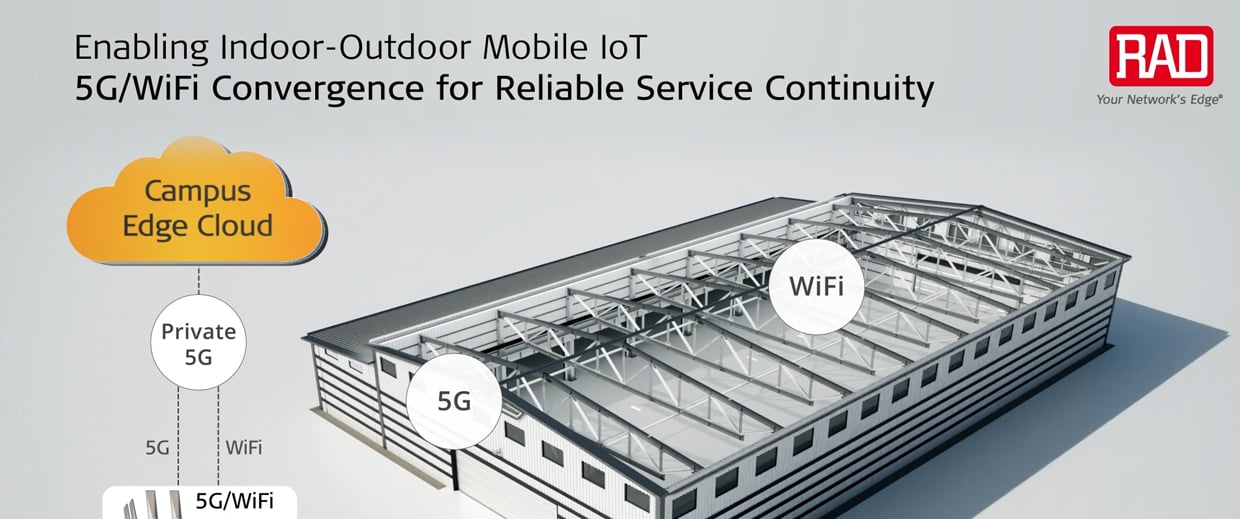
Enabling Seamless Service Continuity Across Private 5G and WiFi
Demo showing uninterrupted service within a private campus network with seamless traffic split between WiFi and 5G, traffic switchover to 5G due to WiFi cut-off and traffic switchback to multi-path WiFi and 5GFrom Our Blog
Related Use Cases
 Oil and Gas Communications
Oil and Gas Communications
 Multiservice Operational WAN for Power Utility Communications
Multiservice Operational WAN for Power Utility Communications
Multiservice Operational WAN for Power Utility Communications
Guaranteed smooth migration to PSNs based on hybrid design for reduced latency and better resiliency
 Smart Grid and Substation Automation
Smart Grid and Substation Automation
Smart Grid and Substation Automation
Smart Grid and IoT solutions for DSOs, ensuring secure networking for secondary substations, metering and automation network integration
 Asset Management with Edge Computing
Asset Management with Edge Computing
Asset Management with Edge Computing
Easily deploy and manage IoT services with edge computing for real-time asset monitoring, enabling user-tailored applications, secure connectivity, and seamless communication over any network.
